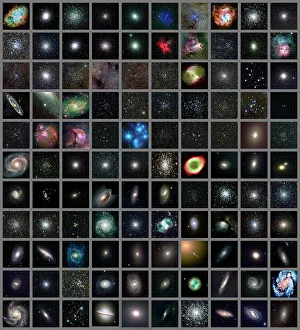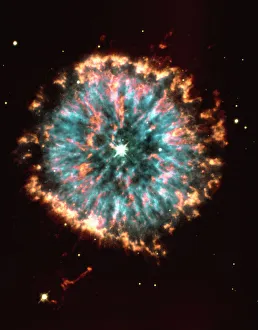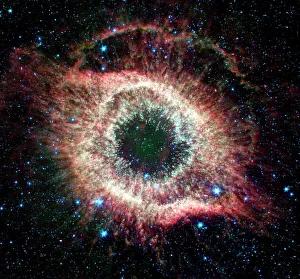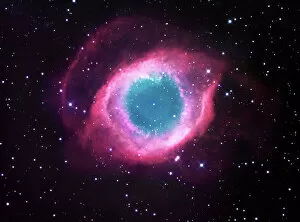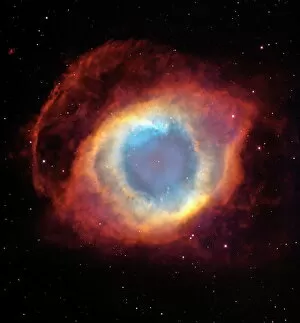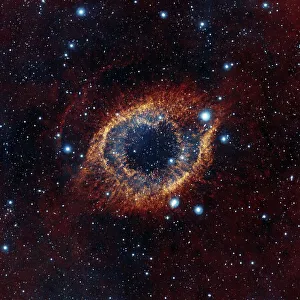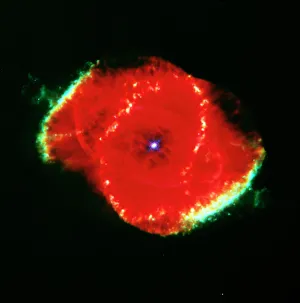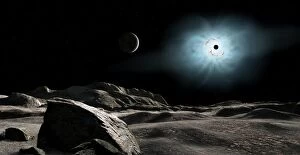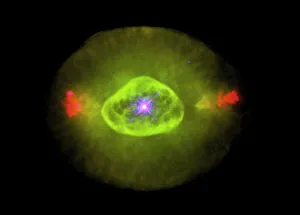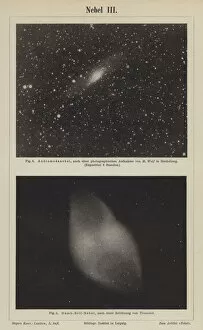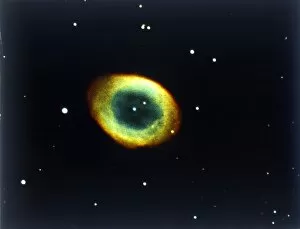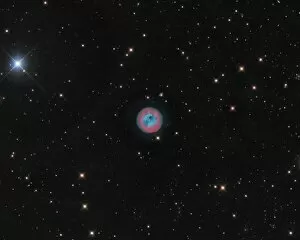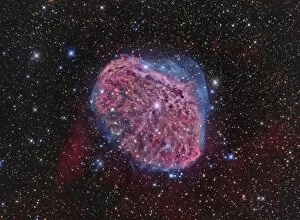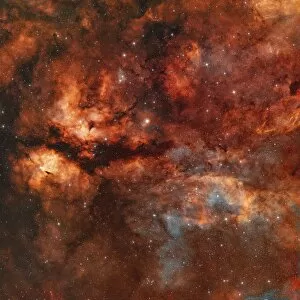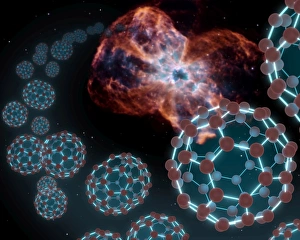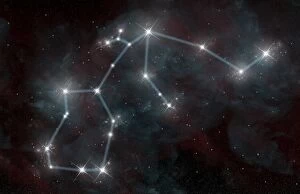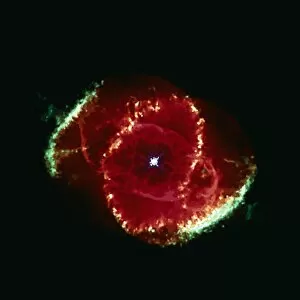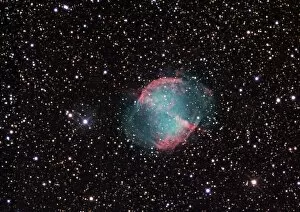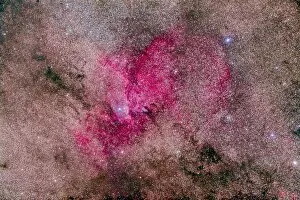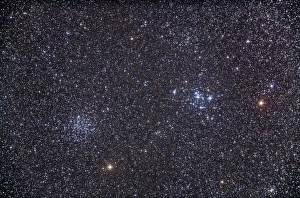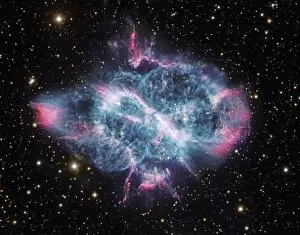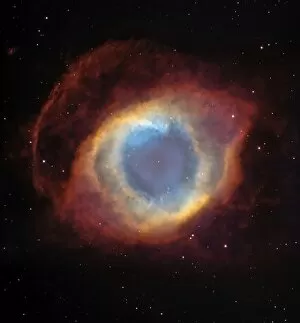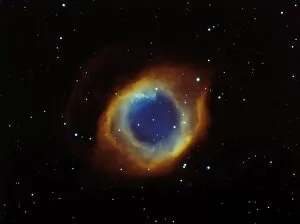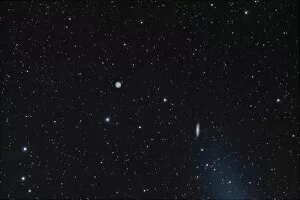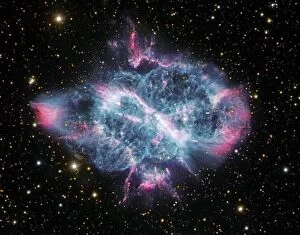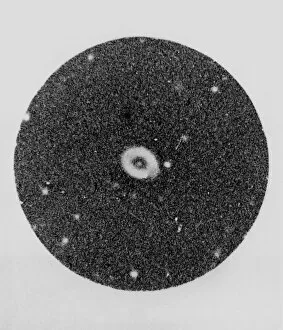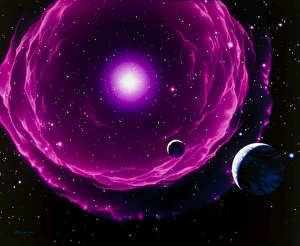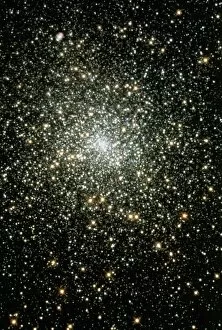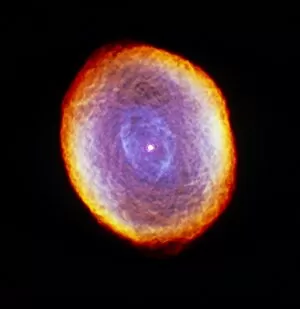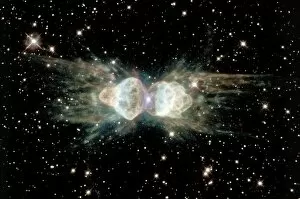Planetary Nebula Collection
"Exploring the Mysteries of Planetary Nebulae: A Journey through the Cosmos" Embark on a celestial adventure as we delve into the captivating realm of planetary nebulae
All Professionally Made to Order for Quick Shipping
"Exploring the Mysteries of Planetary Nebulae: A Journey through the Cosmos" Embark on a celestial adventure as we delve into the captivating realm of planetary nebulae. These ethereal formations, cataloged as Messier objects, offer us glimpses into the awe-inspiring beauty and intricate processes occurring in our vast universe. One such enigmatic entity is the Helix Nebula, which astounds us with its mesmerizing appearance. Captured by infrared Spitzer and HST images, this planetary nebula unveils its delicate tendrils of gas and dust swirling around a dying star. Its resplendent colors paint an otherworldly canvas that leaves us spellbound. The Helix Nebula's enchanting allure continues to captivate astronomers worldwide. In another breathtaking image from VISTA C023/0103, we witness its radiant glow against a backdrop of cosmic wonders. As if peering into a mystical eye, The Cat Eye Nebula reveals itself through the lens of Hubble Telescope – an exquisite display of cosmic artistry. Venturing further into space, we encounter NGC 6826 – yet another marvel within this celestial family. This planetary nebula showcases intricate patterns and structures formed by stellar winds and intense radiation emitted by its central star. Our journey takes us beyond our own galaxy as well; engraved views depict both Andromeda Nebula and Dumbbell Nebula in all their glory. Their majestic presence reminds us that these astronomical phenomena are not limited to our corner of existence but exist throughout the cosmos. Lastly, let's not forget about one iconic member – The Ring Nebula in Lyra constellation – whose striking form has fascinated stargazers for centuries. Its perfect symmetry evokes wonderment at nature's ability to create such harmonious shapes amidst chaos. As we conclude this expedition through planetary nebulae, let these extraordinary sights ignite curiosity within you about what lies beyond our earthly realm.

